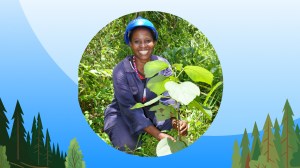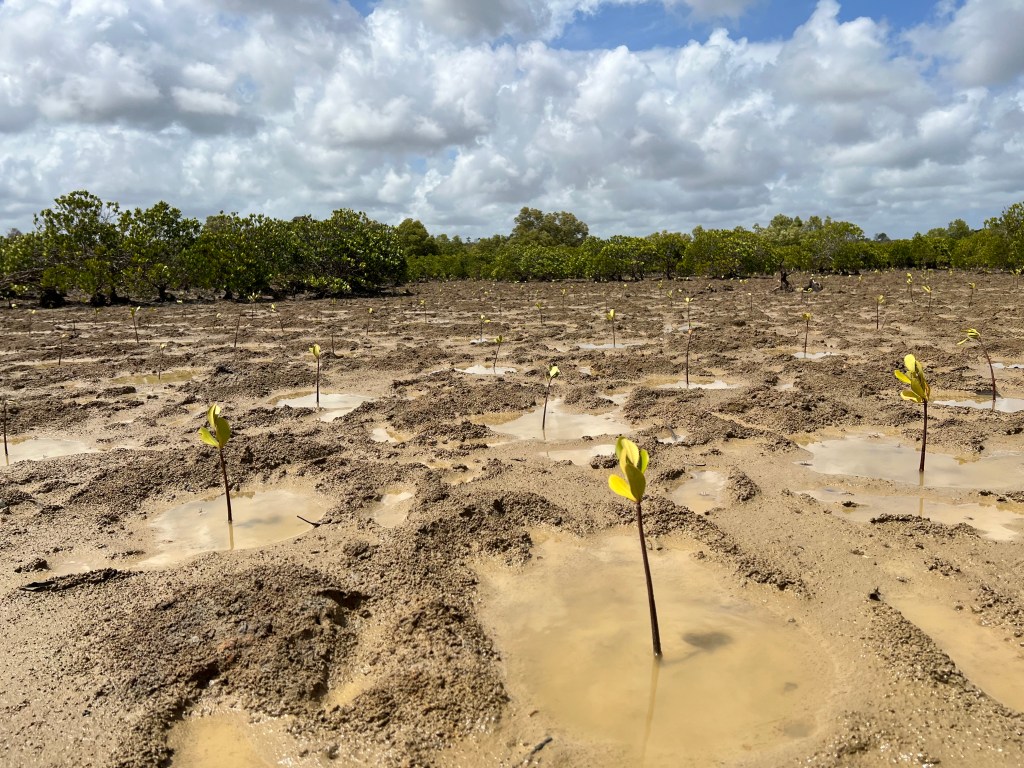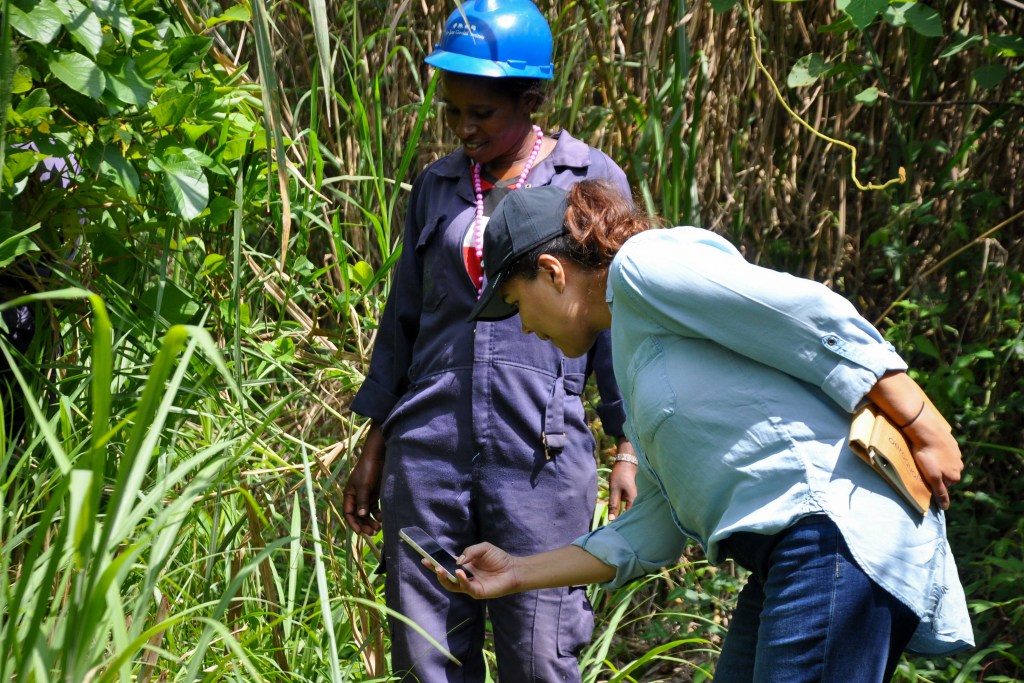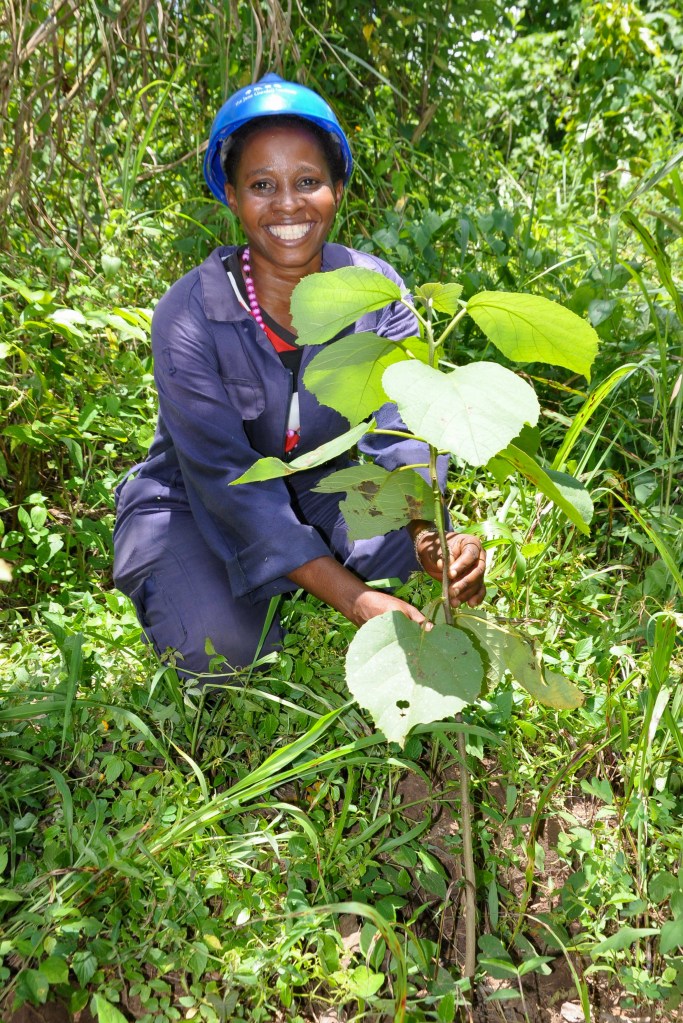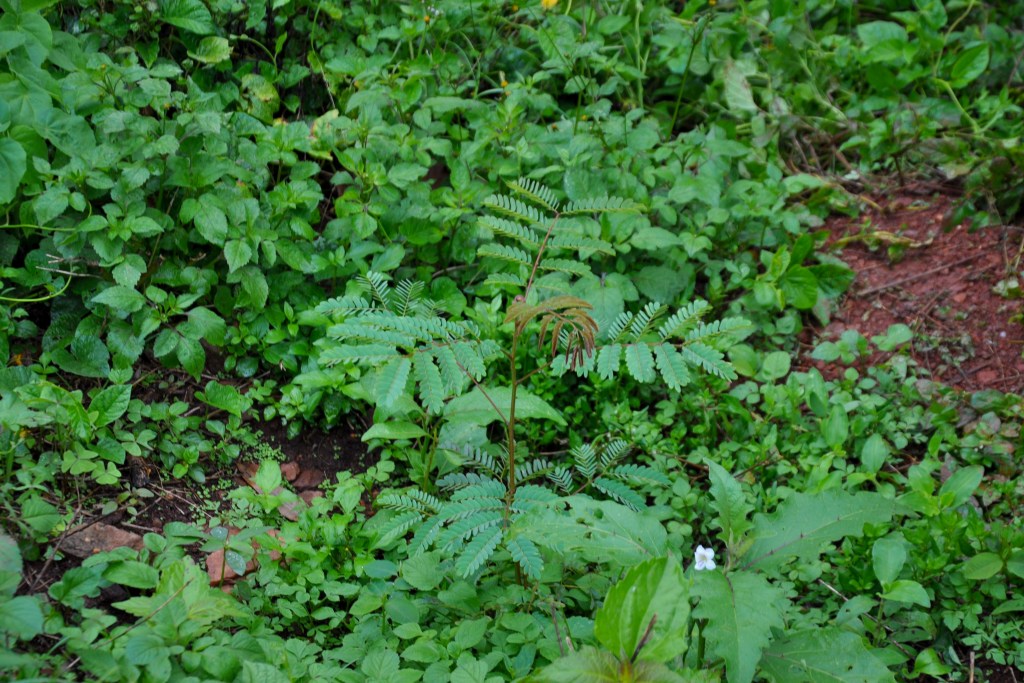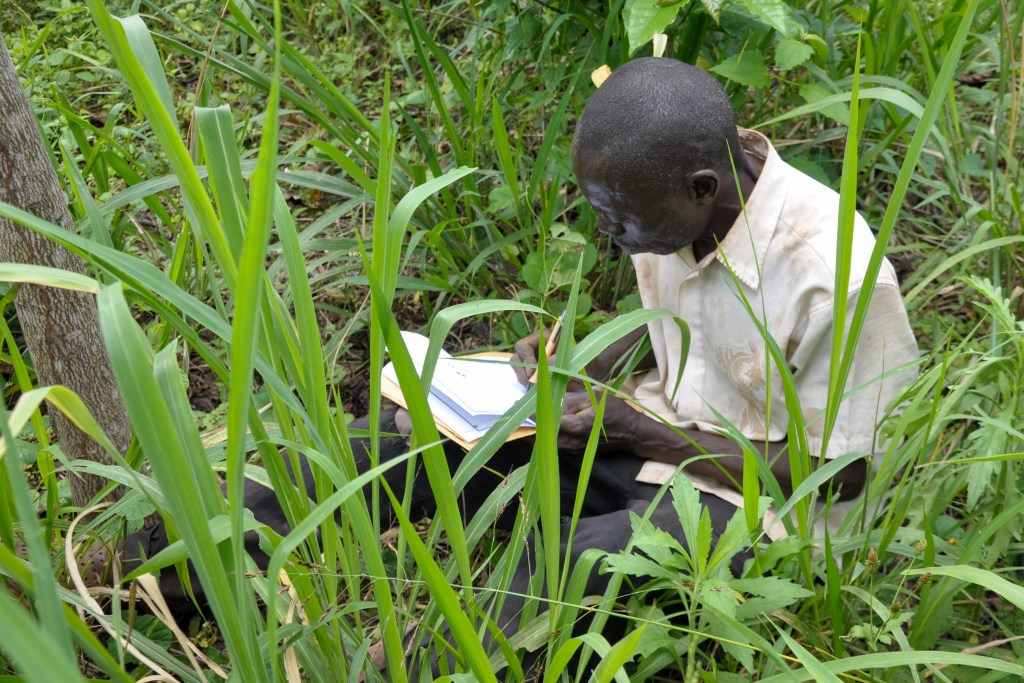As a co-founder of 1t.org and proud supporter of the trillion trees movement, Salesforce committed to fund the conservation, restoration, and reforestation of 100 million trees by 2030.
In its fourth year of working toward that goal, Salesforce asked Environmental Resources Management (ERM) to conduct an independent mid-term evaluation of its 29 largest tree projects across 13 countries. While Salesforce is more than halfway to its goal — funding 52 million trees to date — the report confirmed the loss of an estimated 10% of trees funded, largely due to insufficient site planning and extreme weather.
Why it matters: Independent evaluations like the one Salesforce underwent are critical for driving accountability and for adapting reforestation and conservation strategies over time to maximize positive impact. Nature is in constant flux, and trees are part of dynamic ecosystems that are impacted by weather events, animals, and human activities.
About the audit: ERM conducted the evaluation by leveraging a combination of technology and field visits. They analyzed extensive drone footage from project sites and thousands of satellite images of the highest available non-military resolution for projects where results may have been inconclusive. They then deployed field teams to four locations where more in-depth data was needed. The team conducted interviews with project partners and stakeholders about the progress of forest projects, including the impact on the community, biodiversity, and the climate.
Dive deeper: The audit uncovered several best practices as part of this work, many of which Salesforce has leveraged since the program’s launch.
- Incorporate the local community. When Salesforce first made the commitment to fund 100 million trees, it published a tree counter to hold itself accountable and track progress against its goal. But the number of trees funded is only one piece of the story. Forest restoration is most successful where it increases biodiversity and benefits people. In Uganda, for example, two local community members planted 3,000 trees as part of a restoration project. Once the trees mature, they can use the income from selling branches for firewood. They plan to re-invest in growing more trees to continue restoring natural habitat, creating ecological corridors, and securing a steady source of income in the future. The result is enduring community support, benefiting both nature and people.
- Adopt a landscape approach. Forest ecosystems do not exist in isolation. They are usually part of a large socio-economic and ecological landscape. Large-scale tree planting alone cannot address the urgent effects of climate change and its impact on people around the world. Any reforestation efforts must be made with the full context of any given landscape — the right species, in the right place, at the right time. In one region, the evaluation found that tree mortality was higher than expected, mainly due to insufficient site planning and poor species selection. This was critical learning for both the company and its restoration partner, which allowed them to quickly course-correct by taking a more holistic landscape approach.
- Invest in resilience. Extreme weather events like fires, droughts, and floods can put an additional strain on forest ecosystems. As significant climate events increase, it is even more important to factor in tree loss, and incorporate biodiversity and resilience into forest investments. For example, one of the projects Salesforce funded in Australia has worked closely with the local community to integrate cultural burning practices into land management to get ahead of wildfires and improve seed germination. Salesforce is working to embed these types of strategies directly into its investments going forward.
- Lead with transparency and shared learnings. As a corporate partner and funder within 1t.org, it’s critical that Salesforce keeps an open line of communication with its tree-growing partners to provide updates and feedback that allow for continuous improvement of joint processes and systems. This fall, Salesforce plans to further increase transparency by publishing details of its forestry projects at Restor.eco as its first corporate partner. With these details readily available online, the company can share learnings and best practices with others involved in the trillion trees movement to increase its global impact.
Salesforce perspective: “It will take collective action on a global scale to conserve and restore our forests,” said Tim Christophersen, Vice President of Climate Action at Salesforce, and member of the Advisory Board of the United Nations Decade on Ecosystem Restoration. “By undergoing this evaluation — and publishing key findings – we aim to support the broader ecosystem of governments, companies, NGOs, and individuals involved in the trillion trees movement. Together, we can meet our global climate and nature goals.”
By undergoing this evaluation — and publishing key findings – we aim to support the broader ecosystem of governments, companies, NGOs, and individuals involved in the trillion trees movement. Together, we can meet our global climate and nature goals.
Tim Christophersen, Vice President of Climate Action at Salesforce, and member of the Advisory Board of the United Nations Decade on Ecosystem Restoration
Industry perspective:
- “We welcome Salesforce’s leadership in helping to restore nature at scale, and its efforts to foster trust and accountability through this evaluation program,” said Matt Klein, Global Corporate Sustainability & Climate Change Co-Head at ERM. “This is an ambitious and complex project, and the key learnings shared will help to drive reforestation best practices and ultimately deliver positive impacts for communities on the ground.”
- “We know measuring the impact of this work goes beyond the number of trees or acres — to fully unlock forest solutions we must deliver conservation, restoration, and reforestation the right way,” said Jad Daley, President and CEO of American Forests. “This is why we are so proud to work with partners like Salesforce, who in addition to their commitment to transparency and accountability, share their lessons learned with other organizations and corporations to foster an environment of continuous improvement. It’s this spirit of collaboration that drives 1t.org U.S. and we’re grateful for first movers like Salesforce to help lead our movement forward.”
- “We must halt the degradation of critical ecosystems, like forests, to achieve our global climate and nature goals,” said Natalia Alekseeva, Coordinator of the UN Decade of Ecosystem Restoration, UNEP. “Salesforce continues to exemplify the essential role corporations and the private sector can and should play in protecting and restoring our planet.”
What’s next:
- The company plans to undertake another evaluation in 2027, and a final one in 2030.
More information:
- Visit Salesforce’s 100 million tree pledge
- Read about the new European Chapter of 1t.org
- Learn more about Salesforce sustainability
